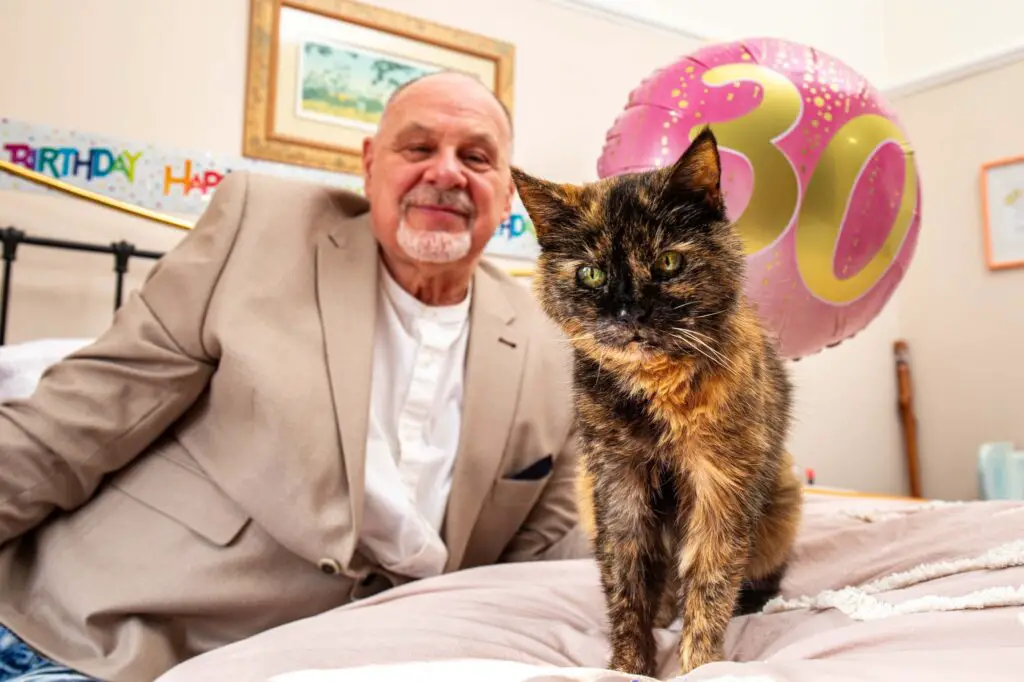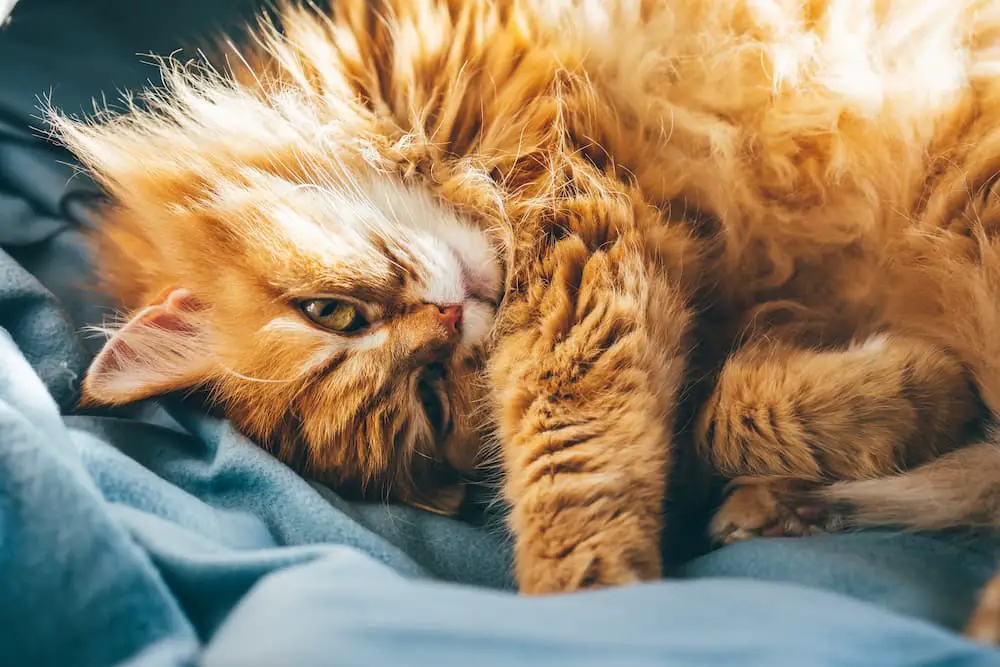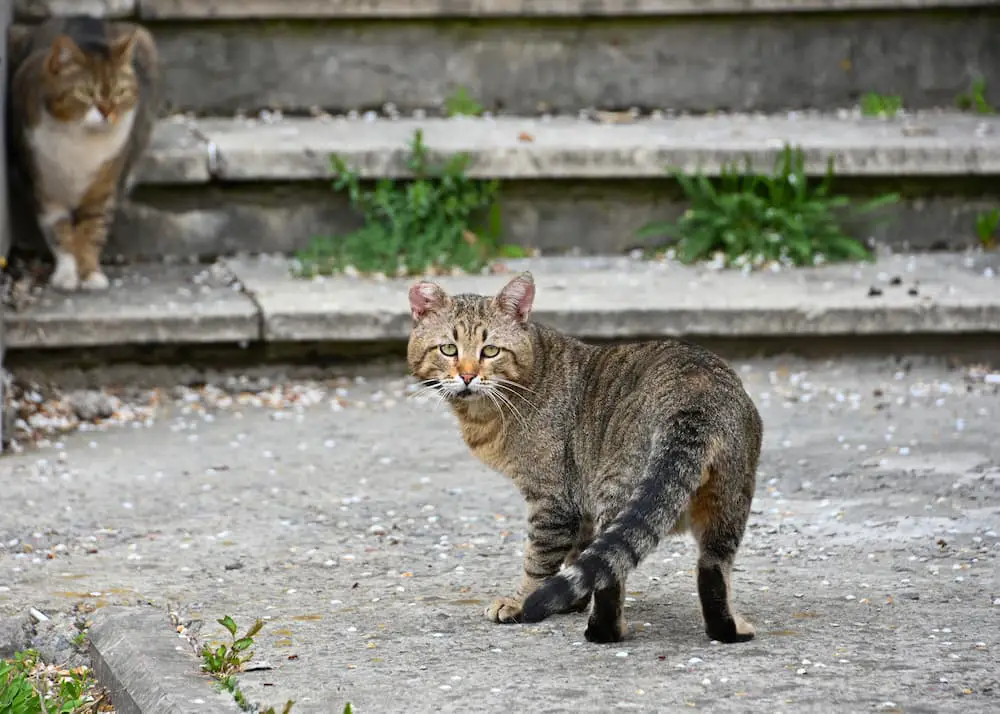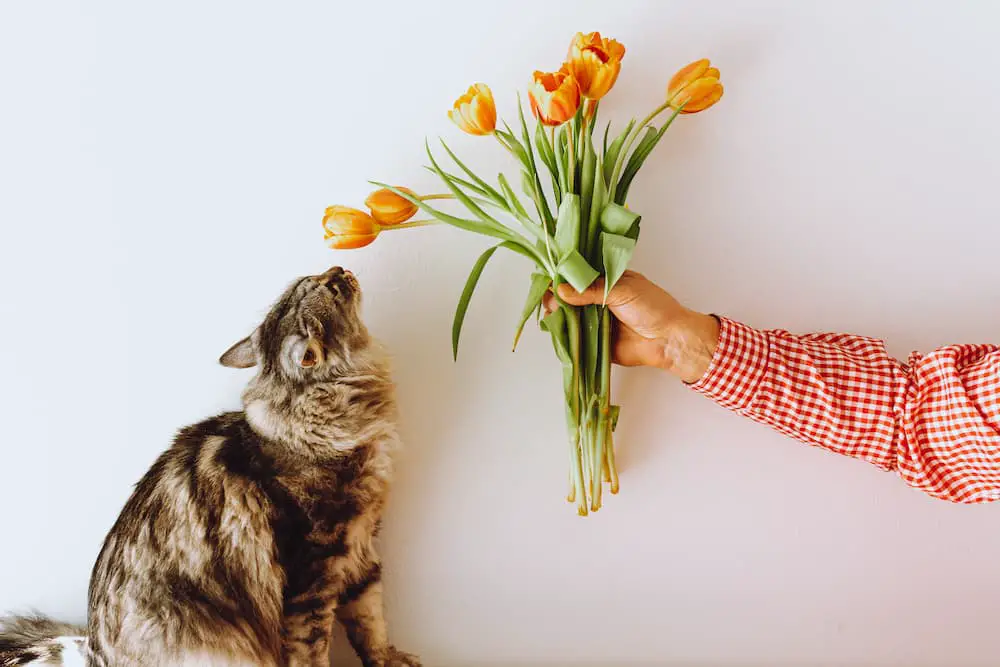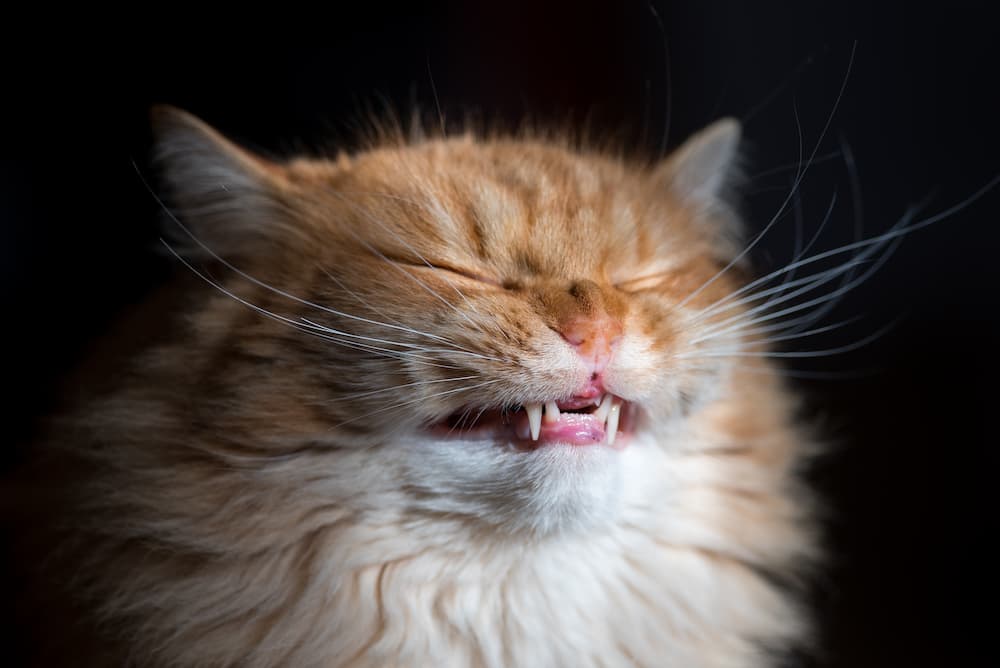Ah, autumn! The leaves are falling, the air is crisp, and the pumpkin spice lattes are brewing. Pumpkins are all the rage in the fall, and not just for humans. You’ve probably seen pumpkin-filled pet products lining the shelves of your local pet store. But is this festive fruit as beneficial for our feline friends as the pumpkin peddlers purport?
Now, let’s spill the beans – or should we say, the seeds? Pumpkins aren’t just for Halloween decorations or Thanksgiving pies. They’re actually packed with nutrients that can be particularly purr-fect for your kitty. From fiber to hydrating properties, pumpkins could be the superfood your cat’s diet is missing. But be warned, it’s not all pumpkins and cream – there are a few things to be aware of before you start carving up your Jack-o’-lantern for Kitty’s dinner.

The Safe Choice: Canned or Fresh Pumpkin
The first step in serving pumpkin to your whiskered companion is ensuring you choose the right kind. Not all pumpkins are created equal, you know. Your average Jack-o’-lantern pumpkin or decorative gourd simply won’t do. These are often treated with chemicals and lack most of the nutritional benefits we’re aiming for. The best choice is either fresh, real pumpkin or plain, canned pumpkin. And by ‘plain’, we mean no added sugars, salts, spices, or other preservatives. You can also find pumpkin packaged especially for cats.
Avoid Pumpkin Pie Filling
Now, here’s where some cat parents get their tails in a twist. Pumpkin pie filling, despite its deliciousness, is a no-no for our furry friends. Yes, it’s pumpkin, but it’s also loaded with sugars and spices that can make Kitty’s tummy do more flips than a Cirque du Soleil performer. Stick to plain pumpkin puree or fresh pumpkin. Remember, when it comes to your cat’s diet, simplicity is key. You might not win any culinary awards, but your cat will thank you.

Pumpkin for Cats’ Digestive Health
It turns out that a pumpkin isn’t just a pretty face. It’s actually a fiber powerhouse, helping cats – and humans, for that matter – with digestion. Dietary fiber, found in abundance in pumpkins, adds bulk to the diet, promoting feelings of fullness and supporting regular bowel movements. So, if your feline friend is getting a little flabby or constipation is a concern, a spoonful of pumpkin might just do the trick.
Addressing Common Feline Digestive Issues
In the world of whiskers and paws, digestive issues such as constipation and diarrhea are unfortunately common. The soluble fiber in pumpkin can act as a binding solution in a cat’s digestive tract, absorbing excess water and thereby helping to alleviate diarrhea. On the flip side, it can also aid in softening your cat’s stool and combating constipation. It’s like a feline superfood, sorting out tummy troubles in a jiffy.
How Much Pumpkin to Give Your Cat
Alright, so we’ve established that pumpkin is indeed beneficial for your cat. But how much should you feed them? As much as Kitty might love to dive headfirst into a can of pumpkin puree, moderation is key. Generally, 1-2 teaspoons of plain canned pumpkin a day is enough for an average-sized cat. As with any dietary change, start small and increase gradually. Remember to always consult with your vet before making significant changes to your cat’s diet. And, hey, don’t forget to save some pumpkin for yourself – those lattes won’t make themselves!

Weight Management and Pumpkin
Cats can be quite the couch potatoes, and just like us humans, a sedentary lifestyle can lead to some unwanted weight gain. Enter pumpkin, the fur-tastic solution to Kitty’s weight woes. Pumpkin’s high fiber content can help manage your cat’s weight by promoting a sense of fullness. This can prevent overeating and help reduce calorie intake, all without compromising on essential nutrients. So, if Kitty’s been looking a little more round than usual, a dollop of pumpkin in their diet could help them shed those extra pounds when combined with a weight loss plan.
Incorporating Pumpkin into Your Cat’s Diet
Now, you might be wondering, “How do I sneak this orange goodness into my feline’s food bowl?” Well, it’s easier than you might think. You can simply mix a little pumpkin puree into your cat’s regular wet food. If your fuzzy friend is more of a dry food aficionado, try adding a spoonful of pumpkin to some warm water, creating a rich broth, and then mix it with their kibble. Alternatively, freeze pumpkin puree in an ice cube tray for a cool treat on a hot day. Just remember, pumpkin is a supplement, not a substitute for a balanced diet. Use it as a special topping, a treat, or a dietary aid, but not as the main course. Your cat’s diet should still primarily consist of high-quality cat food. And as always, have a chat with your vet before introducing any changes to Kitty’s diet.
Pumpkin for Cats’ Hairballs
They’re icky, they’re sticky, and they’re a common occurrence in our feline friends. Hairballs are formed when your kitty grooms themself and swallows loose hair. Most of the hair passes through the digestive tract without a hitch, but sometimes it gets stuck in the stomach and forms a hairball. Subsequently, Kitty does what comes naturally, and – voila! – a hairball is coughed up on your brand-new carpet. A delightful souvenir, wouldn’t you say?
How Pumpkin Can Help Prevent and Manage Hairballs
Now, here’s where our autumnal hero, the pumpkin, comes into play. Remember how we talked about pumpkin being a fiber powerhouse? This dietary fiber not only aids in digestion but can also help move those unwelcome hairballs along. Think of it as a natural lubricant for your cat’s digestive tract. The fiber in the pumpkin can help bind the hair together and promote its passage through the digestive system, preventing it from building up in the stomach. So, next time Kitty starts hacking, consider reaching for a can of pumpkin. It’s a safe, natural, and effective solution to manage hairballs and keep your feline friend purring happily. As always, consult with your vet to ensure this solution is suitable for your particular fur ball.

Potential Side Effects and Allergies
While pumpkin offers a whole litter box full of benefits, it’s essential to keep an eye out for any adverse reactions in your feline friend. Cats, like humans, can have different responses to new foods. After introducing pumpkin into Kitty’s diet, monitor their behavior and bowel movements for any changes. If you notice any signs of discomfort, such as bloating, gas, or changes in their stool, it might be best to pause the pumpkin party. Also, look out for any signs of food allergy, which can include itchiness, skin irritations, or changes in behavior.
Consult Your Veterinarian
Though pumpkin is generally safe for most cats, it’s always recommended to consult with your veterinarian before making any significant changes to your pet’s diet. This is especially important if your cat has any underlying health conditions. A veterinarian can provide guidance on the appropriate serving size as well as frequency. They can also advise on whether pumpkin is a suitable supplement for your cat. Remember, what works for one cat may not necessarily work for another. So, always work closely with your vet to ensure you’re providing the best care for your feline friend.
Incorporating pumpkin into your cat’s diet can be a game-changer, helping address common feline health issues while also providing a tasty treat. But, as with all things, moderation is key. Remember, pumpkin is a supplement, not a replacement for a balanced, nutrient-rich diet. So, use it wisely, watch for any adverse reactions, and always keep your vet in the loop. Your cat may not be able to thank you in words, but their purring and playful antics are sure to show their appreciation.
The Catington Post is reader-supported. That means, if you make a purchase through links on our site, we may earn an affiliate commission. All images and names which are not the property of The Catington Post are the property of their respective owners.
